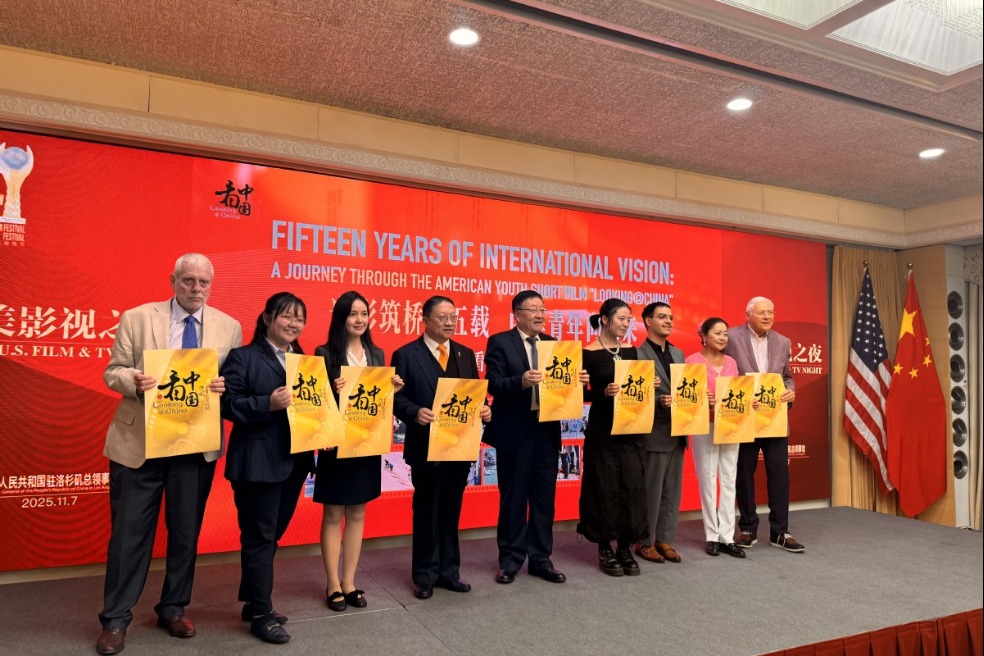Keepers of the century past
By Fang Aiqing | CHINA DAILY | Updated: 2024-07-25 07:25

With the passage of time, the old town's prosperity faded as Shantou extended eastward, but many of those who grew up there and have cherished memories of the area don't want to leave it behind.
Instead, they strive to keep its memory alive — some using pens, some their lens — to guarantee that its former glory is told to both the city's younger generation, and to the growing number of visitors.
"The creation of the Small Park area is a reflection of the city's historical development," says Zhang Yaohui, deputy director of the culture, radio, television, tourism and sports bureau of Jinping district, where the qilou neighborhood is located.
Shantou's natural harbor, which faces onto the South China Sea, saw it become one of the cities forced to grant foreign countries access to trade under the unequal Treaties of Tianjin, which were signed following imperial China's defeat in the Second Opium War (1856-60).
As a result, foreign diplomats, merchants, sailors and missionaries, overseas Chinese, and business owners from other parts of China flooded into the commercial port.
As a trading hub, it was connected to Southeast Asia, as well as to coastal cities including Shanghai, Tianjin, and Qingdao in today's Shandong province. Overland trade from the port reached other parts of present-day Guangdong, Fujian, Jiangxi and Hunan provinces.
Meanwhile, customs records suggest that between 1864 and 1911 alone, nearly three million people from the Chaoshan region — the Guangdong cities of Chaozhou, Shantou and Jieyang — sailed south from Shantou to earn a living in Southeast Asia.
The Tianhou Temple in Shantou old town, which is dedicated to the sea goddess Mazu, and neighboring Guandi Temple, which celebrates the famous late Eastern Han Dynasty (25-220) general, Guan Yu, who is known for his courage and faith, were their last stops before setting sail. There, they would pray for safety and fortune and take a handful of incense ash with them. The temples would be the first sight of home upon their return, Zhang says.
The intricate decor of both temples, which were originally built in the late Qing Dynasty (1644-1911) and reconstructed in the early 1990s, indicates the place they occupy in peoples' hearts.
























